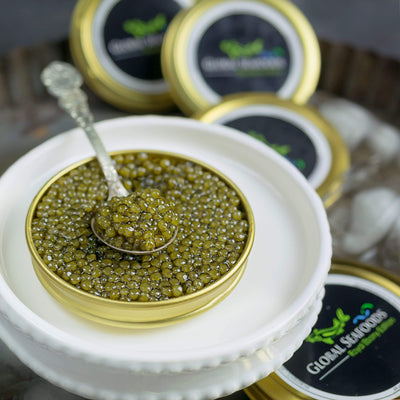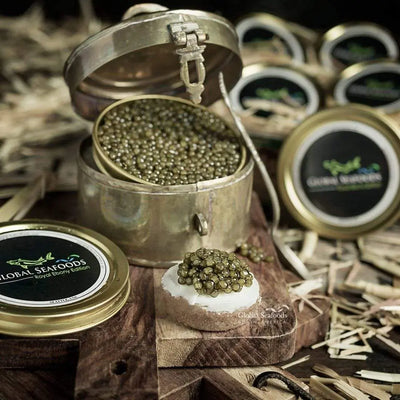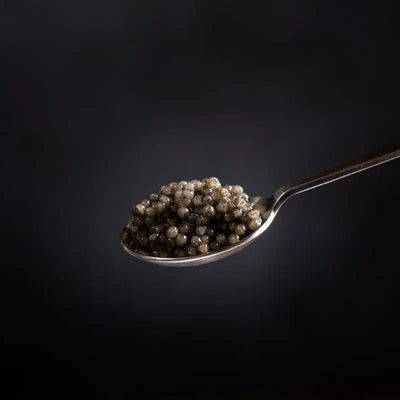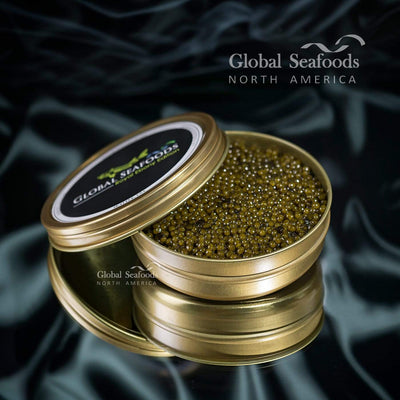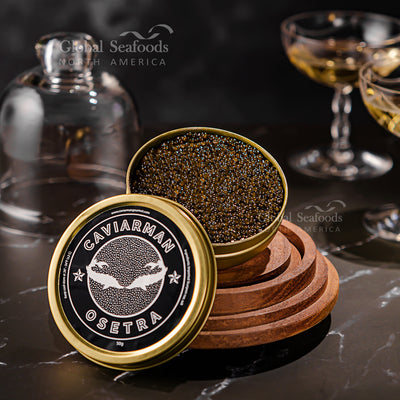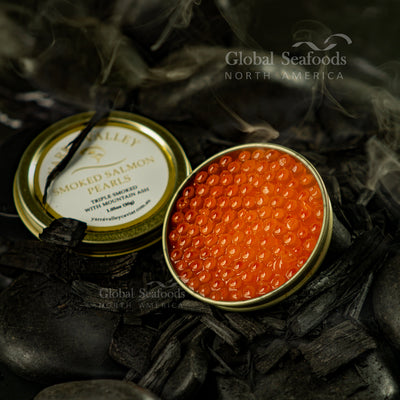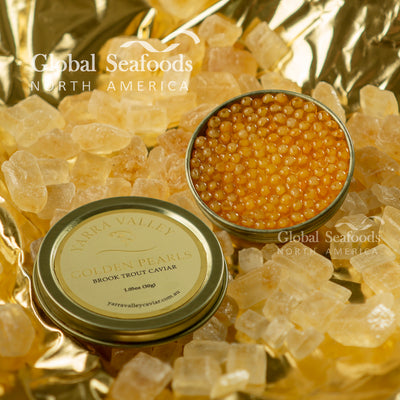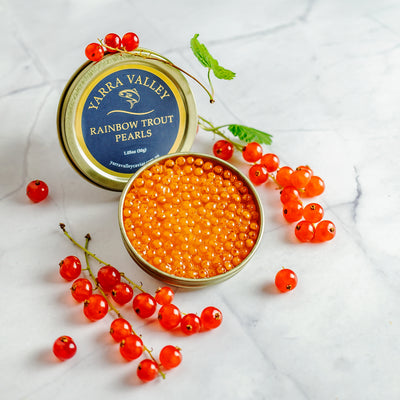Malossol Caviar: The Pinnacle of Culinary Luxury
Malossol caviar is the ultimate indulgence, renowned for its exquisite flavor, delicate texture, and cultural significance. Derived from sturgeon roe, this lightly salted delicacy has been a symbol of luxury for centuries. Whether enjoyed on its own or paired with gourmet accompaniments, malossol caviar delivers an unparalleled dining experience.
Discover premium-quality malossol caviar at Global Seafoods. For recipes and expert tips, visit our YouTube channel.
What Is Malossol Caviar?
The term "malossol" comes from the Russian word for "lightly salted," describing a curing method that enhances the natural flavors of the roe without overpowering them. This premium curing process makes malossol caviar a favorite among connoisseurs.
Key Features of Malossol Caviar- Delicate Salting: Preserves the roe’s natural brininess and texture.
- Premium Quality: Made from sturgeon species such as Beluga, Osetra, and Sevruga.
- Versatile: Pairs beautifully with a variety of foods and beverages.
The Malossol Caviar Production Process
Crafting malossol caviar is a meticulous process designed to preserve the roe’s natural qualities while enhancing its flavor.
1. Harvesting- Sturgeon are carefully raised or sustainably harvested to obtain the highest-quality roe.
- Popular species include Siberian, Russian, and White Sturgeon.
- The roe is gently cleaned to remove impurities and sorted by size, texture, and color.
- Salt content is kept under 5%, allowing the caviar’s natural flavors to shine.
- The caviar is sealed in vacuum-packed tins to maintain freshness. A brief aging process enhances its complexity.
For a taste of tradition, try California White Sturgeon Caviar.
How to Enjoy Malossol Caviar
1. Classic Pairings- Blinis or Toast Points: Add a dollop of crème fraîche for a timeless presentation.
- Cucumber Slices: Offers a refreshing contrast to the rich caviar.
- Champagne: The acidity and effervescence balance the caviar’s richness.
- Vodka: A traditional pairing that enhances the roe’s briny flavor.
- Dry White Wine: Try Sauvignon Blanc or Chablis for a complementary pairing.
FAQs About Malossol Caviar
1. What Does Malossol Mean?Malossol translates to "lightly salted," emphasizing the delicate curing process that preserves the roe’s natural flavors.
2. Can Malossol Caviar Be Made from Other Fish?Yes, malossol caviar can also come from non-sturgeon species like paddlefish or trout. Explore Paddlefish Caviar for a unique option.
3. How Should Malossol Caviar Be Stored?Store in the coldest part of your refrigerator (28°F to 32°F). Consume opened caviar within 2–3 days for maximum freshness.
4. Can You Freeze Malossol Caviar?Freezing is not recommended, as it can alter the texture and flavor.
5. Where Can I Buy Authentic Malossol Caviar?Purchase high-quality malossol caviar from trusted sources like Global Seafoods.
Why Malossol Caviar Stands Out
Malossol caviar’s luxurious appeal lies in its perfect balance of flavor, texture, and tradition. Its delicate salting process allows the natural brininess of the roe to shine, making it a versatile choice for celebrations and gourmet dining.
Premium Caviar SelectionsFor expert pairing and serving tips, check out our YouTube channel.
Conclusion: Experience the Elegance of Malossol Caviar
Malossol caviar is more than a delicacy—it’s a celebration of craftsmanship, tradition, and flavor. Whether enjoyed with classic accompaniments or paired with fine champagne, this luxurious treat transforms any occasion into an unforgettable experience.
Shop premium malossol caviar at Global Seafoods. For more recipes and pairing ideas, explore our YouTube channel.
Would you like additional keyword optimizations or content refinements? Let me know!


